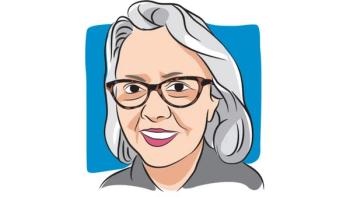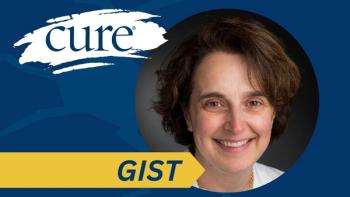
Patient Advocacy Contributes to Progress in Multiple Myeloma Treatment
David S. Siegel, M.D., Ph.D., chief of the division of Multiple Myeloma at the John Theurer Cancer Center, attributes some of the progress in myeloma treatment to patients and how they advocate for themselves.
Enormous changes in the field of multiple myeloma have contributed to extended lifespans for many patients diagnosed with the disease.
How have you seen the landscape of multiple myeloma treatment change over time?
To what do you attribute the rapid progress in treatment options?
CURE interviewed David S. Siegel, M.D., Ph.D., chief of the division of Multiple Myeloma at the John Theurer Cancer Center at Hackensack University Medical Center, about the changes he has seen in his field. He attributes some of the progress to the patients and the way they advocate for themselves. I take care of a disease that is considered universally fatal. It’s not a disease that we cure. When I started practicing, which was a long time ago, the life expectancy was measured in months. Now it is measured in decades. So there are many more patients whom we have taken care of for a good part of their adult lives. It’s an entirely different experience not only for the patients, but also for us. It’s been a transformative generation.Myeloma development has moved faster and farther than any disease that I can think of. Part of it is that the community is very dedicated. Doctors, patients and advocates communicate among themselves very well.
You can literally go to California to speak, say something, take the red-eye home and then see patients the next morning, and the patients will say, “Why did you say that in California yesterday?”
They communicate with the speed of light. They are very well organized, and that has made it possible to do things in the myeloma community that perhaps you can’t do even in diseases that are much bigger and have greater notoriety.
I think that agencies like the Multiple Myeloma Research Foundation, the International Myeloma Foundation and the Leukemia and Lymphoma Society, and all these patient advocacy groups have done a particularly good job of making people aware of what’s going on, and for the most part, make patients more willing to participate in their care. The myeloma patient community understands that because there are so few patients — it’s about 1 percent of all malignancies in the United States – they need to do this.
What can advocacy organizations do to have the most effect?
The reality of it is that patients are aware that because it is not a common cancer like breast cancer, very few general oncologists have the degree of familiarity that makes them comfortable caring for myeloma patients or makes them appropriate to care for myeloma patients. So, patients’ willingness to migrate to centers of excellence makes it possible to expose them to what is currently state of the art. It becomes incumbent upon the myeloma centers to develop working relationships with community oncologists, and I think this has happened a lot because [the collaboration] is driven by the patients as much as the physicians. We are lucky to have an informed population. The patients come educated.I think they should try and help make the pharmaceutical and biotech industry understand that if they come to myeloma to do their research they can learn much more quickly, and much less expensively. The environment in which myeloma research is being done is so sophisticated that these companies will be able to leverage their efforts at a much higher level than perhaps with some other cancers. Continuing that, expanding that, making sure that the platforms are there to make sure myeloma stays important and in the limelight, will help us get the best and the newest technologies in myeloma first rather than last.




